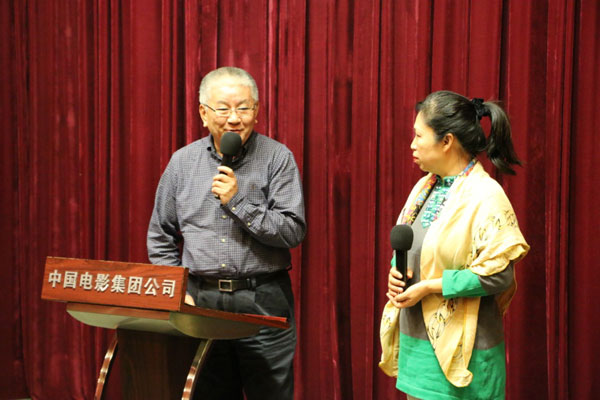War prisoner documentary reveals insights from WWII
- By Zhang Rui
 0 Comment(s)
0 Comment(s) Print
Print E-mail China.org.cn, September 30, 2015
E-mail China.org.cn, September 30, 2015
Experts from various countries gathered in Beijing on Monday to view and discuss a World War II documentary about prisoners of war and its historic values.
 |
|
Shen Haofang, director of "Under Bayonets and Barbed Wire," addresses the seminar in Beijing, Sept. 28, 2015. [Photo/China.org.cn] |
"Under Bayonets and Barbed Wire" is a US-China co-production documentary directed by Shen Haofang, who directed "The Happy Life of Talkative Zhang Damin" as well as "Ren Changxia," in collaboration with predominant American sound effects editor Richard L. Anderson known for his involvement in the Indiana Jones series and "The Lion King".
The film started with an introduction of the Mukden prisoner of war camp that was established in Shenyang 70 years ago. It developed in a documentary style and told the story of the allied prisoners during the Second World War.
In order to create a unique landscape of the Second World War, to make more understandable the relations between the Oriental Main Battlefield and the worldwide Anti-Fascist War and to reveal the untold stories to the audience, directors interviewed a number of witnesses of the War and have combined oral history with historical records. Some accounts were even collected from the U.S. National Archives, Washington DC and the Mukden prisoner site museum.
With the demonstration of these precious historical records and the interview of the witnesses as the skeleton of the film, the two directors have managed to explain the strategic consideration of the Japanese armies behind its decision to move those prisoners from Southeast Asia to Northeast China during the War. Richard L. Anderson himself appeared in scenes to interview several American veterans who once lived in the Mukden prisoner of war camp.






Go to Forum >>0 Comment(s)